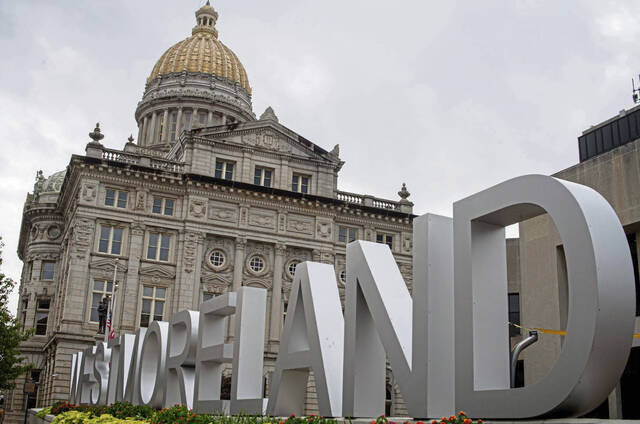It can be hard to look at the divisions that happen in Washington or in Harrisburg and put them into perspective.
If you were at work, the accounts receivable department couldn’t just decide not to work with sales. In a church, the choir can’t go to war with the Sunday school teachers. While there might be some tension between the drumline and the trumpets in a marching band, they both have to step in the same direction.
Maybe the best place we can get a relatable example is with a labor dispute.
Whether with steelworkers or a school district, a contract negotiation or a work stoppage, a union and an employer coming into conflict is something everyone has seen. Sometimes on one side, sometimes on the other, sometimes even as a conflicted third party like the parents who don’t want a teachers strike but don’t want a tax hike either.
Labor disputes have sides as clearly defined as politics. They have their own goals and their own priorities. And yet somehow, they usually are able to come to a table and find a middle ground. Sure, there have been ugly and bloody examples throughout history — especially local history — of situations gone wrong. But the vast majority of labor disputes start and end in a conference room.
The Westmoreland County commissioners have approved a four-year labor agreement with the Westmoreland County Court-Appointed and Court-Related Employees Association, which represents about 250 courthouse employees, ending in average wage increases of 2.25% to 2.5%.
This wasn’t because they were both always on the same page. It wasn’t quick and easy. The parties couldn’t come to an agreement on their own and ultimately went to arbitration to reach a conclusion.
But they did go to arbitration. They sat down at a table together and aired their grievances, stated their cases and reached an agreement. They were willing to do the work, and the work got done. In the end, the contract was signed.
A business can’t afford to shutter for a work stoppage — the same way employees can’t afford to go days or weeks or longer without pay. They are motivated to find a resolution. Allegheny Technologies Inc. and the United Steelworkers union have gone back to the negotiating table, ideally, to work through the strike that has gone on since March 30.
If elected officials in the federal and state government are going to continue to come to impasses over what can and can’t get done, it isn’t just that they are on different sides of the table. It’s that they refuse to use that table to settle differences and find a way forward.








